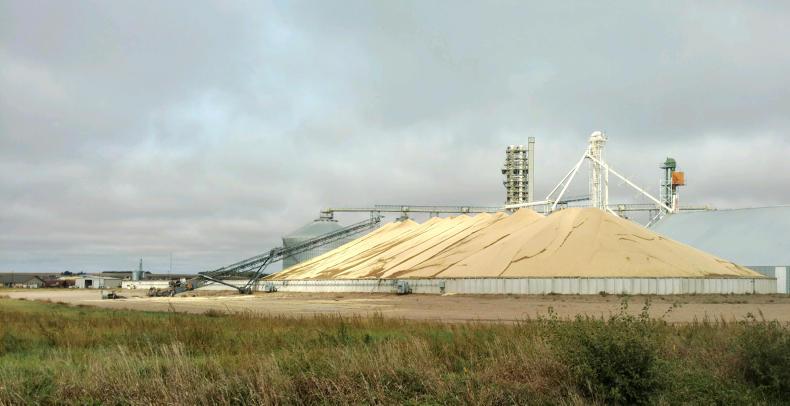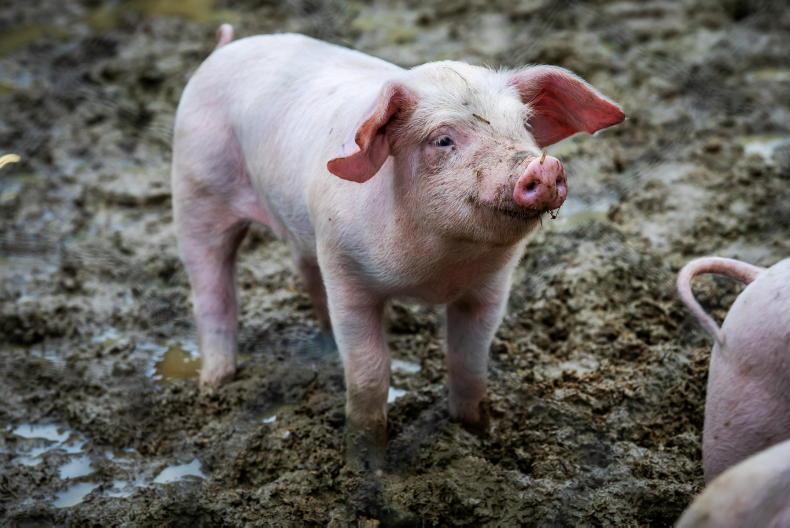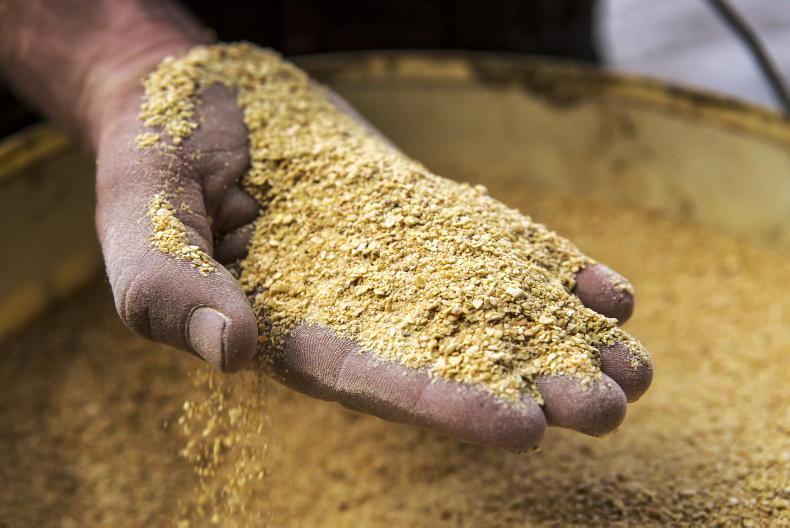Dry weather in parts of the world, especially in areas that export soya beans and meal, has been affecting prices since the middle of this year.
Part of the price rise is unquestionably production fears relating to planting difficulties in South America, but more of it is demand pressure as country’s strive to fill their stock reserves.
The price rise is not confined to soya beans, as wheat and maize prices have also been rising steadily since mid-year.
While helping producers, the price increases are also creating concerns over the risk of food inflation, a separate but related concern for many governments charged with importing food for their people.
Import pressure
While some of the import pressure is coming from increased demand to drive local food production, a proportion of it is also thought to be related to stocking up ahead of potential COVID-related trade disruption associated with the second wave.
China has been particularly active in the market as it rebuilds its pig herds that were destroyed because of the outbreak of African swine fever.
Some commentators put strong demand partly down to concerns over food inflation.
La Niña-related hot and dry conditions in parts of Brazil and Argentina have already hit output potential for next year’s soya bean crop.
These pressures have seen Chicago December maize rise above $11 per bushel (bu) this week from below $8.40/bu last April. Marketeers are now concerned that any further weather issues could see soya rise into the teens.
Global maize and wheat rises
Global maize and wheat prices have also risen. It must also be said that the price rally has attracted hedge funds and other speculative buyers back into the market and they are adding to the price pressure.
However, it is also expected that these buyers will also unload these stocks at some point to take the associated profits.
This general price rise has also impacted on weekly imported prices here in Ireland.
While the vast majority of our imports are the protein meal after the oil is extracted, the rise in soya bean meal and maize prices ex-port here can be seen since July, but the increase is more dramatic in soya.
There had been a previous price rally in soya bean meal in April, which was related to logistics and planting concerns in the US.
While much of the stocks currently being used for feed manufacture in Ireland were purchased some time ago at lower prices, it is inevitable that these price lifts will affect feed costs into the new year.










SHARING OPTIONS